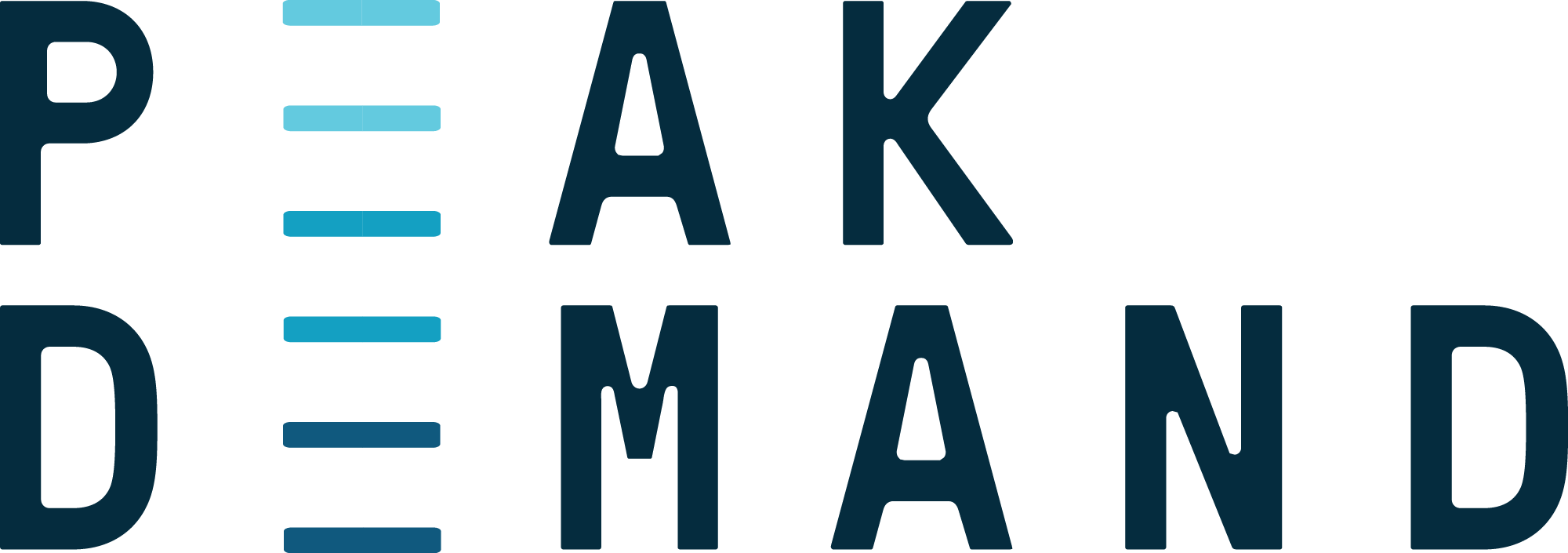A Beginner’s Guide To Interview Colors
Wardrobe choices can play a part in your first impression, so here’s a list of the best and worst colors to keep in mind for your next interview.
- Why Colors Matter
Whether it’s an online or an in-person interview, need to make sure that the first impression you make is a strong one. Because the colors you wear send subliminal messages to the brain, learning the meaning behind them can help convey the right emotions to the interviewer. If you are doing a Zoom interview, consider your background when choosing colors.
While no color is strictly off-limits, some colors should only be worn as accents. Additionally, jewel tones and pastels are better than bright or neon colors. According to CareerBuilder, 23% of hiring managers recommended blue, and 15% recommended black. Orange was the color most likely to be associated with someone who is unprofessional by 25%.
- Blue & Grey
Blue is considered the number one color to wear for an interview. Blue conveys feelings of calm, stability, and trust. Wearing blue also portrays you as a confident individual with a team player attitude. It can make you stand out and leave the interviewer feeling impressed.
Grey is always a safe choice to wear for an interview. It conveys a logical and analytical persona. According to Monster, it is the 2nd most popular color choice for an interview after blue. It conveys sophistication, independence, and confidence. Grey is a perfect choice for technical positions such as engineering roles.
- Black & White
Black is an authoritative, and commanding hue. It conveys leadership and confidence. According to Monster.com, “black connotes drama so use it carefully” maybe as an accent color. The color black communicates leadership and exclusivity or conveys confidence which is great if you want to set yourself apart for specific higher-level roles
White is a pure, crisp, clean color. When wearing white you may be perceived as organized and clean. This is a great choice if you want to come across as detail-oriented. It also signals that you are careful, clean, and confident.
- Orange & Brown
Be careful with wearing Brown to an interview because it can give the impression of being outdated, or old-fashioned. The interviewer wants to know that you are up to date with the latest tools, technology, and industry needs and since your attire is your first impression, it can be perceived as a reflection of how you keep up with your industry.
Orange was at the top of the list with CareerBuilder for the worst color to wear to an interview. While this color would seem to signal individuality, Orange is perceived as unprofessional. It can also be seen as attention-seeking, overconfident, and too much for even an interview in a creative field.
- Red & Yellow
Since the color Red is a passionate and powerful color, it is best to use red sparingly. A splash of red print on a blouse or a tie is just enough to be noticed without being overwhelming. There is a fine line between looking assertive and looking aggressive. While wearing red can portray you as powerful, according to a CareerBuilder survey, it is such a strong color, that it can become jarring and distracting.
Though Yellow may seem like a color that conveys fun, it can come across as immaturity. it is better to avoid this color for more traditional jobs.
- Green & Purple
For formal, more traditional industries Green can be seen as being too casual or relaxed. While certain shades of green can work well for creative fields, as a general rule we advise against it. A rich shade of dark green can be used as an accent color.
Purple is a flashy color that is discouraged from being worn to a professional interview. This is another color that may work for creative fields, but not in a traditional interview setting.
- Final Thoughts
Once you have chosen your colors, make sure your clothes are tailored, and don’t distract your interviewer with too many patterns. If you would like to find out more about this topic or how working with Peak Demand can help you achieve the next steps in your career contact our Managing Partner Jon Semingson at jon@inpeakdemand.com. Also, make sure to check out our other blogs.
